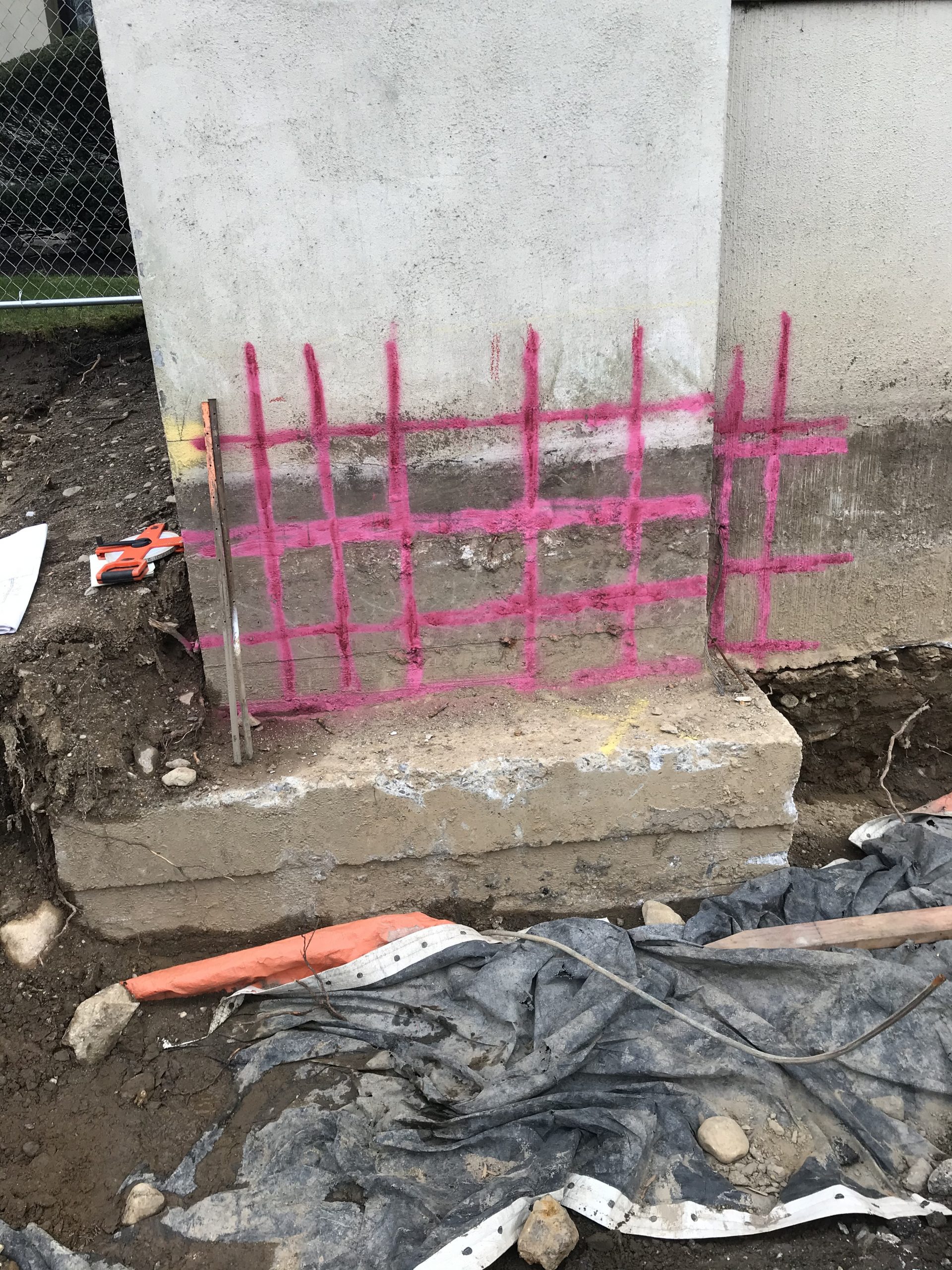Professional Tips for Ideal Concrete Scanning Results
Professional Tips for Ideal Concrete Scanning Results
Blog Article
Unveil the Transformative Power of Concrete Scanning in Maximizing Performance and Safety
Concrete scanning has emerged as a vital tool in the building and construction industry, using unequaled benefits in boosting project effectiveness and making certain security criteria. By making use of sophisticated modern technology, concrete scanning enables specialists to see past the surface, revealing covert complexities that can impact the structural honesty of a building. The transformative power of concrete scanning depends on its ability to supply detailed understandings and real-time information, transforming exactly how tasks are prepared and performed. As we explore the intricacies of this innovative strategy, a world of opportunities opens, showcasing a brand-new era of building and construction methods that prioritize accuracy and protection.
Value of Concrete Scanning
Ensuring the architectural honesty and security of construction jobs begins with the essential action of conducting thorough concrete scanning. Concrete scanning is a non-destructive technique made use of to identify and map subsurface aspects within concrete frameworks.
Additionally, concrete scanning helps in enhancing job timelines and budget plan by preventing unforeseen expenses and delays that might occur due to unanticipated obstructions within the concrete. Eventually, investing in detailed concrete scanning is an aggressive strategy that improves both effectiveness and safety in building jobs.
How Concrete Scanning Functions
Concrete scanning runs as a crucial tool in building jobs by utilizing sophisticated innovations to spot and map subsurface aspects without causing architectural damage. Ground Penetrating Radar (GPR) and Electromagnetic Induction (EMI) are two main techniques used in concrete scanning.
During the scanning procedure, the data collected is evaluated in real-time, enabling instant recognition of possible risks or barriers beneath the surface area. This info aids in decision-making, making certain that building and construction tasks proceed safely and effectively. Furthermore, 3D imaging software can be utilized to develop detailed maps of the subsurface components, better boosting job preparation and execution. By utilizing these advanced modern technologies, concrete scanning substantially decreases the threat of costly problems and injuries on building websites.
Advantages of Concrete Scanning
Making use of advanced scanning technologies in building and construction projects offers a wide range of benefits, improving both performance and safety on-site. Among the key benefits of concrete scanning is the capability to discover and locate embedded things such as rebar, post-tension cable televisions, and avenues properly. By recognizing these elements before exploration or cutting right into concrete structures, the danger of unintentional strikes is significantly minimized, preventing potential injuries to workers and damages to the structure itself. Concrete scanning check out here helps in preparation and developing extra efficiently, as it offers accurate details concerning the location and depth of structural parts.

Study: Concrete Scanning Success

In one more case, a building and construction company used 3D concrete scanning to evaluate the problem of aging concrete frameworks in a historic structure. The detailed scans provided beneficial insights into the degree of damage and aided prioritize upkeep initiatives successfully. By proactively dealing with areas of worry identified through scanning, the firm had the ability to prolong the life-span of the structure and make certain owner safety and security.
These situation studies emphasize the transformative power of concrete scanning in improving effectiveness, precision, and safety in construction tasks.
Implementing Concrete Scanning in Projects
Carrying out advanced scanning technologies throughout building tasks has actually become significantly important for boosting accuracy and security. By incorporating concrete scanning into job planning and implementation, construction groups can determine potential risks, such as rebar or post-tension cable televisions, hidden within concrete structures. This positive approach minimizes the threat of crashes, delays, and pricey rework, ultimately resulting in more efficient task timelines and budget plans.
To implement concrete scanning effectively, job managers must team up carefully with experienced scanning professionals to determine one of the most ideal scanning methods for the details task requirements. Involving scanning professionals from this website the onset of a task allows the team to produce thorough scanning strategies that address vital areas of issue and guarantee extensive data collection.
Additionally, incorporating concrete scanning into normal job workflows can streamline decision-making processes, as real-time check information offers instant understandings into the condition of concrete frameworks - Concrete Scanning. This data-driven approach assists in educated analytical and allows groups to make adjustments without delay, fostering a culture of effectiveness and security throughout the job lifecycle

Verdict
In verdict, concrete scanning plays an important function in enhancing performance and security in building projects. By making use of innovative modern technology to map and detect out underlying frameworks within concrete, this procedure assists to prevent costly blunders, ensure structural integrity, and lessen dangers on site. With the capability to discover surprise aspects and provide precise data, concrete scanning shows to be a useful device for optimizing task results and maximizing overall success.
Concrete scanning is a non-destructive method utilized to identify and map subsurface components within concrete frameworks. Furthermore, concrete scanning assists in optimizing project timelines and spending plan by avoiding unexpected prices and hold-ups that might occur due to unpredicted obstructions within the concrete. One notable case research involves a large remodelling project where concrete scanning played an important function in making sure project success.In an additional situation, a building and construction company utilized 3D concrete scanning to analyze the condition of maturing concrete structures in a historic building. By incorporating concrete scanning right into project preparation and implementation, building and construction teams can identify prospective hazards, such as rebar or post-tension wires, concealed within concrete structures.
Report this page